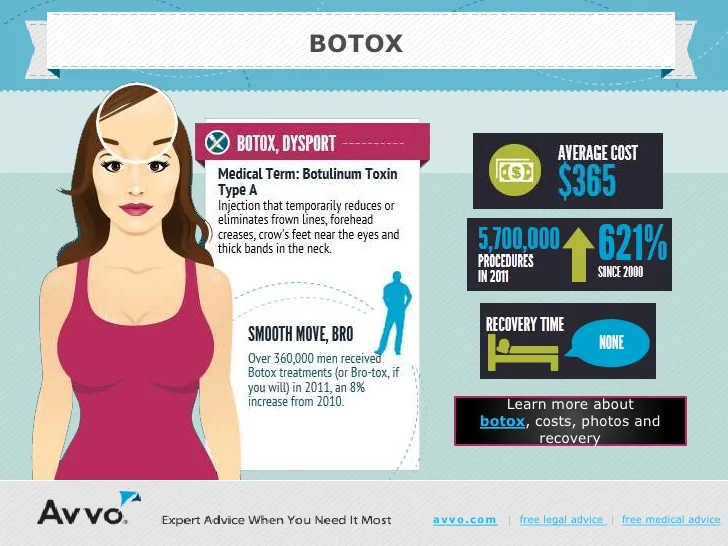What To Do If Acne Treatments Don’t Work
What To Do If Acne Treatments Don’t Work
Blog Article
Hormone Acne - What is Hormonal Acne?
Hormonal acne is characterized by clogged pores and oily skin that generally shows up on the chin and jawline. It happens when hormonal adjustments cause swelling and bacterial overgrowth within hair roots.
Outbreaks might look like whiteheads, blackheads, papules or pustules and cysts or blemishes in extra severe cases. It is much more typical in teens undergoing the age of puberty however can influence grownups of any age.
What Causes Hormonal Acne?
While acne can be caused by a variety of elements, consisting of utilizing hair and skin treatment items that aren't oil-free or made with active ingredients that can obstruct pores, hereditary proneness, diet regimen,2 and stress and anxiety, the root cause is fluctuating hormones. Hormonal acne occurs when the body experiences hormonal changes and fluctuations that lead to an overproduction of sebum, which causes inflammation, increased development of microorganisms and adjustments in skin cell task.
Hormone acne is commonly located on the reduced jawline, cheeks and neck however can show up anywhere on the body. It is defined by acnes that are cystic, uncomfortable and full of pus or other material. It is also more likely to occur in females than males, specifically throughout the age of puberty, the menstruation, pregnancy or menopause.
Age
While numerous youngsters experience acne eventually during puberty, it can continue to plague grownups well right into the adult years. Referred to as hormonal acne, this type of breakout is linked to variations in hormonal agents and is usually most typical in women.
Hormonal acne takes place when oil glands generate way too much sebum, which blocks pores and traps dead skin cells. This results in the formation of imperfections, such as whiteheads, blackheads and papules, pustules, cysts or blemishes, deep under the surface.
This type of blemish often creates discomfort, inflammation and inflammation. It may additionally be intermittent and appear around the same time every month, such as right prior to your period starts. This is because degrees of female hormones like progesterone and oestrogen rise and fall with each menstruation.
Menstruation
Hormonal acne commonly shows up in the lower part of your face, along the jawline and cheeks, as whiteheads, blackheads or inflammatory pimples (acnes and cysts). It's probably to appear around the time when your menstruation modifications.
Especially around ovulation, when estrogen and progesterone levels get on the increase, hormone variations can trigger breakouts. But it's additionally possible to obtain acne at any kind of point during your 28-day menstrual cycle.
If you see that your hormone acne flares up right prior to your period, try seeing when precisely this happens and see if it connects to the phases of your 28-day menstrual cycle. This will certainly help you pinpoint the origin of your skin difficulties. For example, you might wish to work on stabilizing your blood glucose and cutting out high-sugar foods, or take into consideration a prescription medicine like spironolactone that can manage your hormonal agents.
Pregnancy
Expanding an infant is a time of dramatic hormone modifications. For several ladies, this includes a flare-up of hormone acne. This kind of outbreak usually begins in the initial trimester, around week six. It's brought on by hormone rises that promote sebaceous glands to make even more oil, which can clog pores and create more bacteria to develop.
Breakouts might also happen as a result of pre-existing conditions like polycystic ovary disorder, which can also be a concern during pregnancy and menopause. Additionally, some kinds of contraceptive pill (such as Ortho Tri-Cyclen and YAZ) can set off hormonal acne in some ladies.
Thankfully, the majority of acne treatments are "no-go" for expectant women (consisting of prominent acne-fighting active ingredients such as isotretinoin and spironolactone). However if you can not avoid those aggravating bumps, your physician might recommend dental erythromycin or cephalexin, which are risk-free while pregnant.
Menopause
As women come close to menopause, the estrogen levels that triggered their hormonal agent acne to flare during the age of puberty begin to maintain and decrease. At the same time, nonetheless, a spike in androgens (also referred to as male hormones) happens due to the fact that these hormones can not be exchanged estrogen botox near me as efficiently as in the past.
The excess of androgens can set off oil manufacturing by the sweat glands, which blocks pores. When the clogged up pores become irritated and aggravated, a pimple types.
Hormone acne is generally seen on the face, specifically around the chin and jawline, but it can happen on the neck, back, shoulders, or upper body. This type of acne has a tendency to flare in a cyclical pattern, similar to the menstruation. Stress, which enhances cortisol and tosses hormones out of balance, likewise adds to the breakouts.